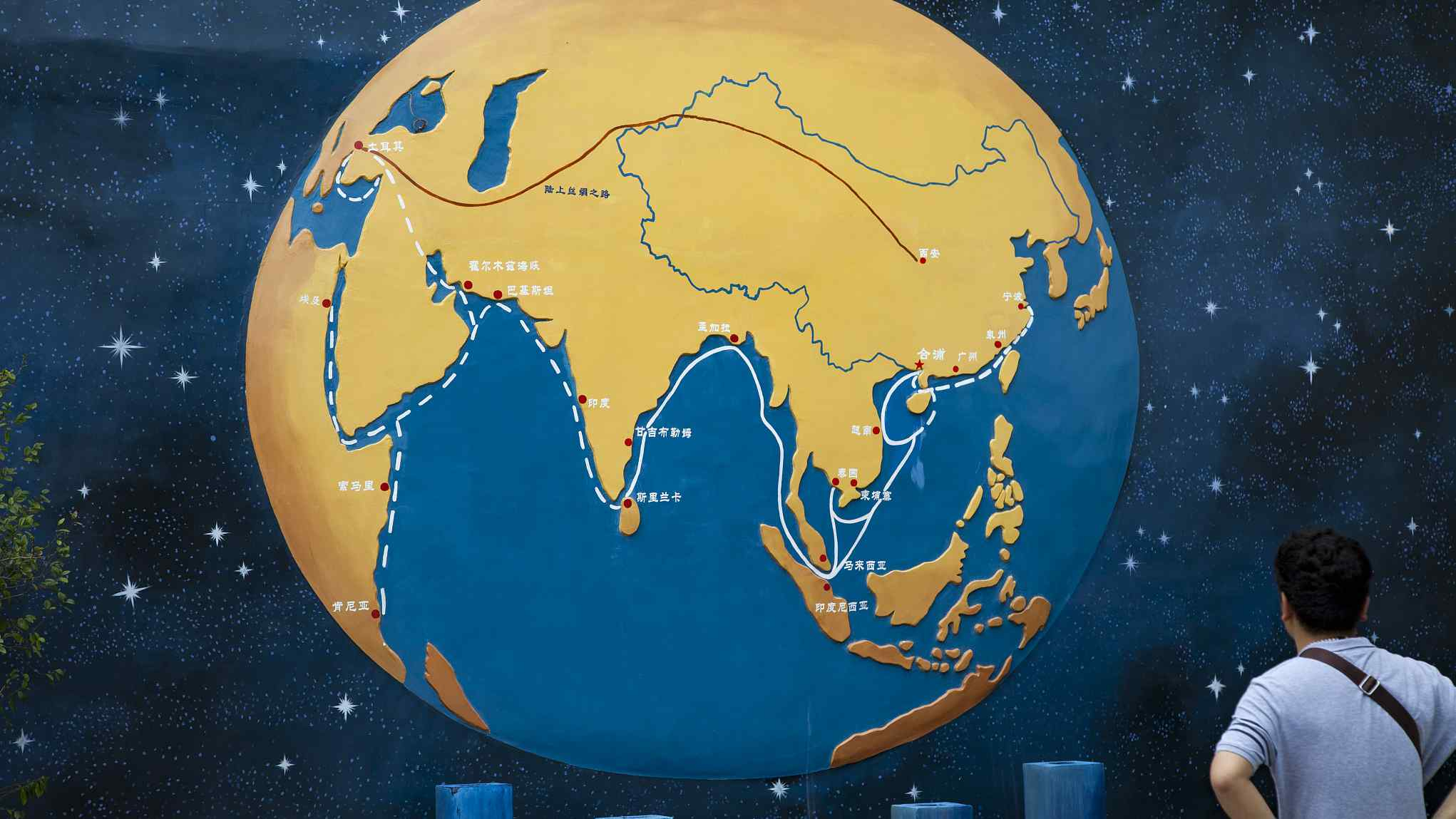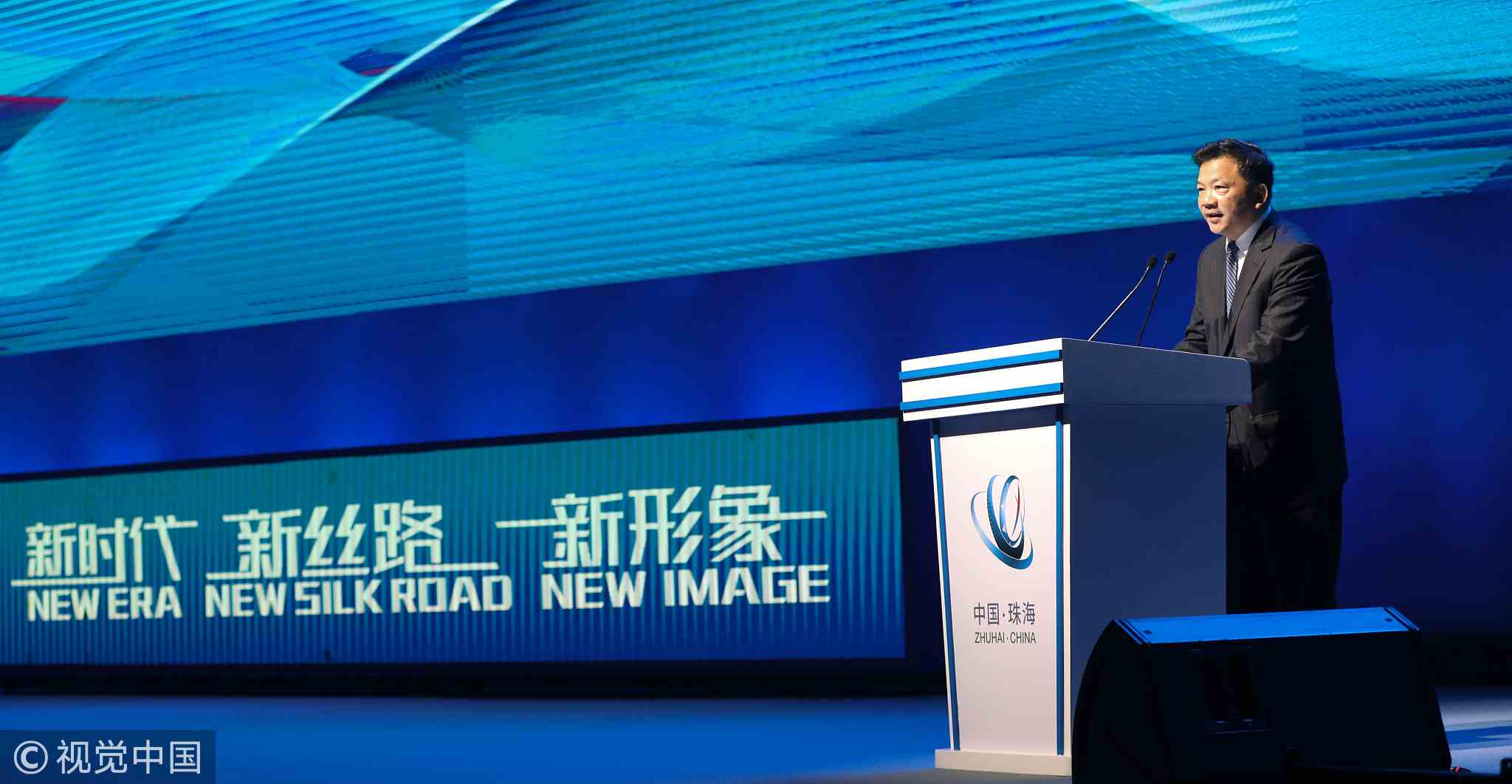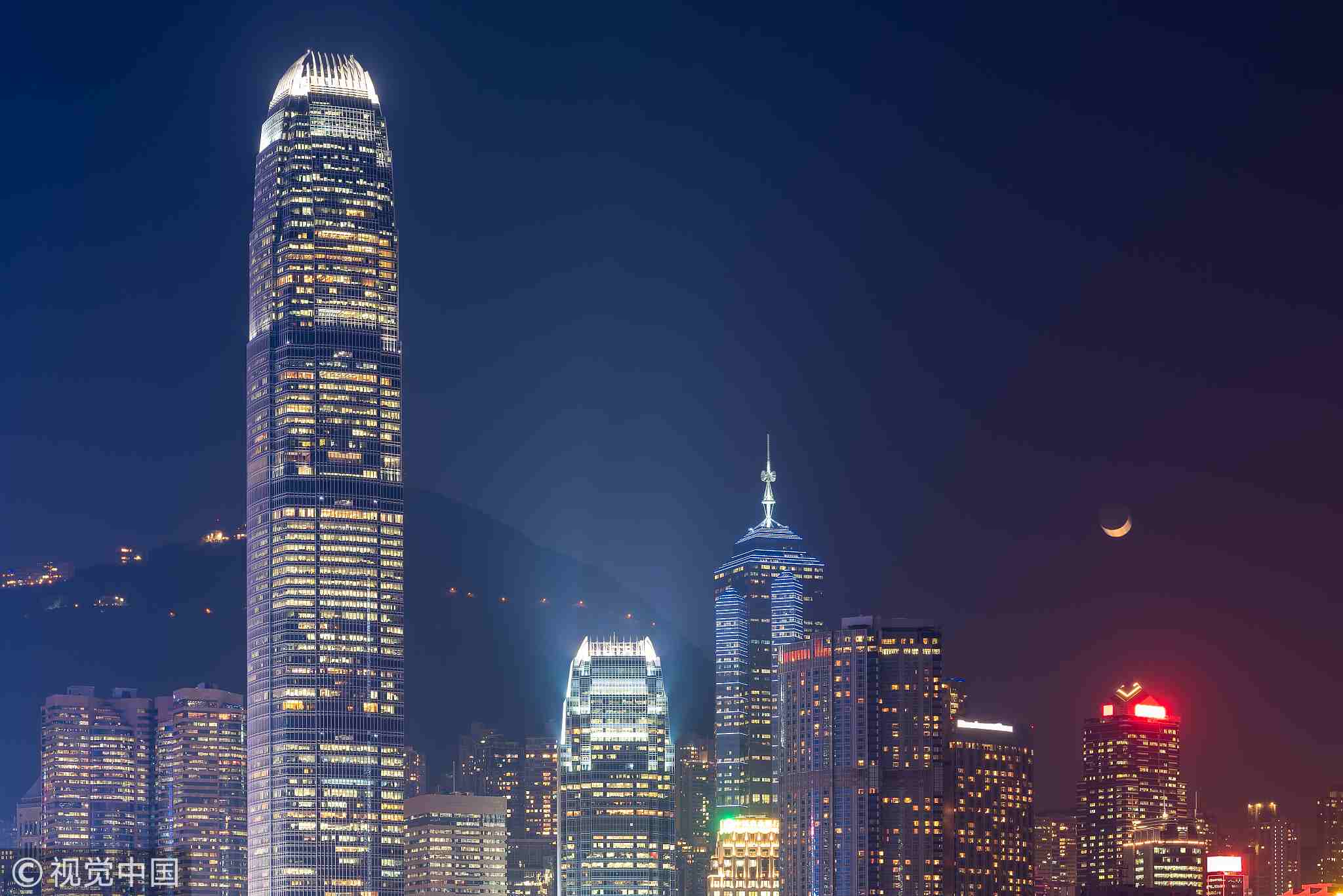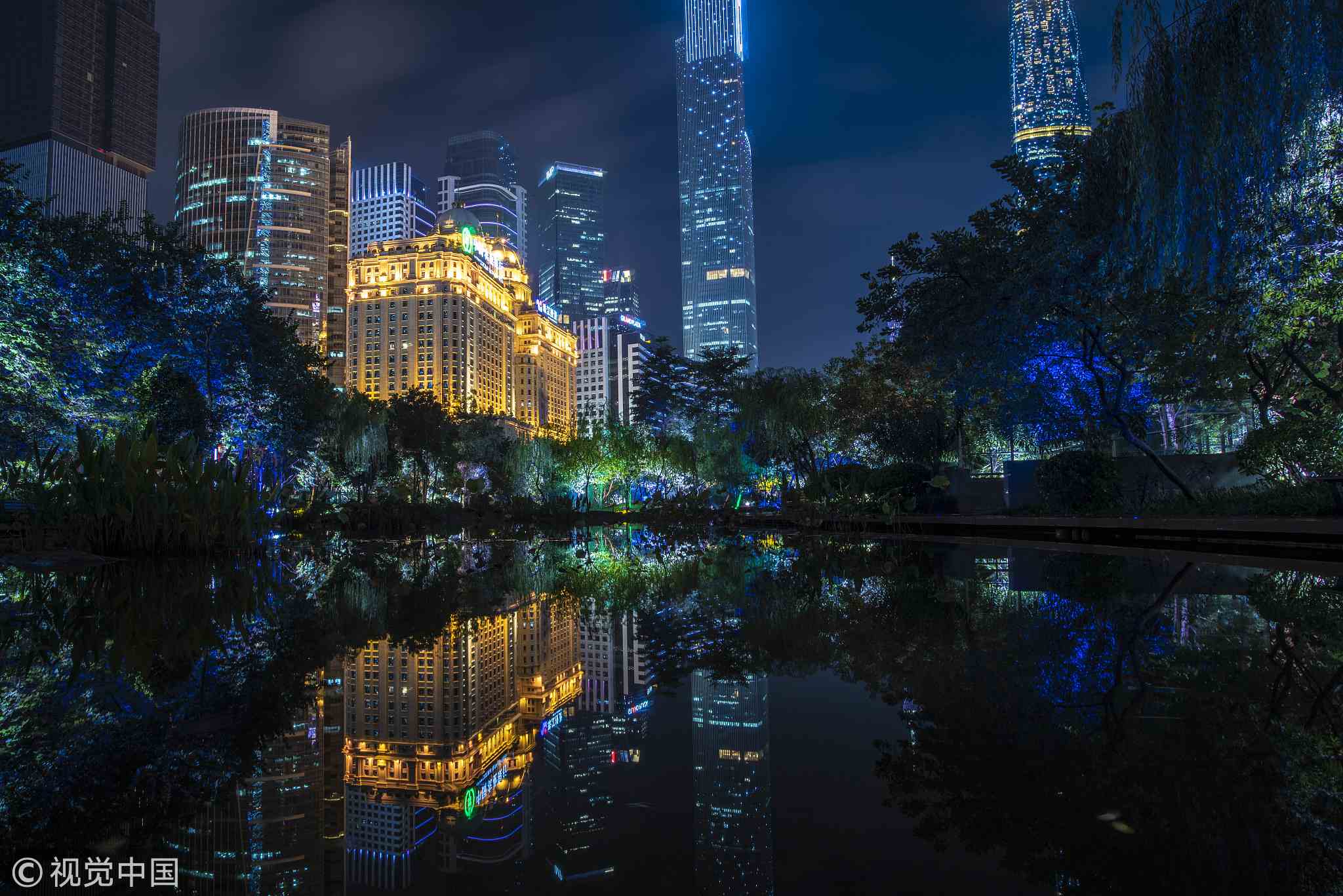
Opinions
22:34, 20-Sep-2018
Opinion: How 'Great Bay Area' contributes to a wider Maritime Silk Road
Updated
22:05, 23-Sep-2018
CGTN's Wang Naiqian

Editor's note: The article is based on an interview with Han Hua, president of the Beijing Belt and Road Cooperative Community and a fellow of Chongyang Institute for Financial Studies under Renmin University of China. The article reflects the author's opinion, and not necessarily the views of CGTN.
The 21st Century Maritime Silk Road China (Guangdong) International Communication Forum opened on Thursday in the coastal city of Zhuhai. Under the theme of "New Era, New Silk Road, New Image", the forum provides a chance to discuss more cooperation possibilities among countries along the 21st Century Maritime Silk Road.
"Guangdong-Hong Kong-Macao Greater Bay Area Shares New Era Opportunities" is one of the sub forums. Covering nine cities in Guangdong Province, and Hong Kong and Macao Special Administrative Regions, the "Great Bay Area" was first proposed in a policy paper on the Belt and Road Initiative (BRI) back in 2015.

Shen Haixiong, vice minister of the Publicity Department of the CPC Central Committee and president of the China Media Group, delivers a speech at the 21st Century Maritime Silk Road China (Guangdong) International Communication Forum in Zhuhai, September 20, 2018. /VCG Photo
Shen Haixiong, vice minister of the Publicity Department of the CPC Central Committee and president of the China Media Group, delivers a speech at the 21st Century Maritime Silk Road China (Guangdong) International Communication Forum in Zhuhai, September 20, 2018. /VCG Photo
The connection between the "Great Bay Area" and the Maritime Silk Road can be traced back to more than two millennia ago when goods from the Roman Empire arrived for the first time in Guangzhou by sea.
According to Han Hua, president of the Beijing Belt and Road Cooperative Community and a fellow of Chongyang Institute for Financial Studies under Renmin University of China, the modern "Maritime Silk Road" has new dimensions in the changing circumstances and the countries involved are much more spread out.
In this year's Forum on China-Africa Cooperation Beijing summit, delegations from African countries expressed their strong willingness to join the Maritime Silk Road, together with the traditional maritime trade partners like Southeast Asian and European countries, new vitality will be instilled and new opportunities will be created.
The "Great Bay Area", as the "bridgehead" of the Maritime Silk Road, could play a bigger role.
Different regions in the "Great Bay Area" have different functions. Hong Kong, for example, is a financial center, and Guangdong is a tech hub.

A night view of Hong Kong. /VCG Photo
A night view of Hong Kong. /VCG Photo
According to Han, as different regions in the area have different functions, each can give full play to its own advantage when dovetailing with countries along the 21st Century Maritime Silk Road to launch more effective cooperation.
According to the report, "2018 Report on Guangdong Enterprises Going Global in Building the Belt and Road," Guangdong is becoming more competitive in terms of technology, brand, quality and service, thus bringing new opportunities to BRI countries.
In an interview with Xinhua, Liu Hua, assistant president and deputy chief engineer of Gree Electric Appliances Inc. of Zhuhai, said, "Thanks to the Belt and Road Initiative, we went to Pakistan and set up factories there. While increasing our own profits, we have also helped with the local air conditioner manufacturing sector and consequently improved the livelihood of local residents."
"People-to-people exchanges are also important in building the Maritime Silk Road," said Han. She gave the example of cruise tourism. Cruise routes along the 21st Century Maritime Silk Road will be an opportunity to explore and learn about the cultures of different countries and enhance the communication among various cultures.

A night view of Guangzhou, Guangdong Province. /VCG Photo
A night view of Guangzhou, Guangdong Province. /VCG Photo
According to the report, the 9+2 cities in the "Great Bay Area" are also seeking new ways to further strengthen the development of tourism. For example, measures have been rolled out to offer policies like 144-hour transit visa exemption and 15-day visa free for foreign travel groups who take cruises, among others.
The development of the Maritime Silk Road faces challenges including geopolitical risks, and rising protectionism in the world.
Despite challenges, we should always "build the Maritime Silk Road of the 21st Century with open mind and bold courage," as Li Zhaoxing, former foreign minister and chairman of China Public Diplomacy Association said when addressing the International Symposium on the Maritime Silk Road of the 21st Century in 2015.
(If you want to contribute and have a specific expertise, please contact us at opinions@cgtn.com)

SITEMAP
Copyright © 2018 CGTN. Beijing ICP prepared NO.16065310-3
Copyright © 2018 CGTN. Beijing ICP prepared NO.16065310-3